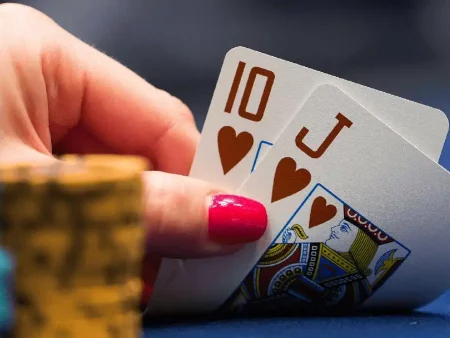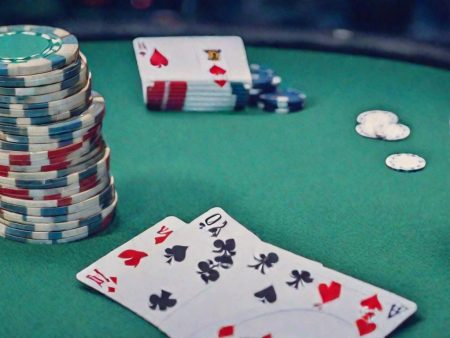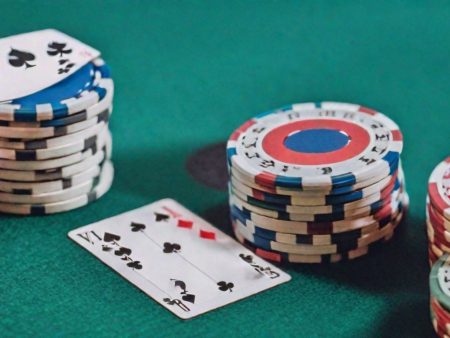The term “3-bet” in poker refers to a crucial concept that plays a significant role in the dynamics of the game. It describes the third bet made in a particular hand, and understanding this concept is essential for any poker player looking to maximize their success.
In poker, the first bet occurs before the cards are dealt (the blinds), and the second bet is made after the cards are dealt (the opener). The 3-bet comes into play after someone has made an opening bet and another player raises. It’s important to understand these terms to navigate poker effectively and avoid making mistakes that could cost you your chips.
The Importance of 3-betting in Poker
A 3-bet can significantly affect the flow of the game and is often used as an aggressive move to put pressure on opponents. By making a 3-bet, you’re signaling strength, which can cause your opponents to rethink their hands and fold more often. This reduces the number of players in the hand and increases the likelihood of winning.
In addition, the 3-bet can serve as a defensive move. If you suspect that your opponent is bluffing, a well-timed 3-bet can force them to fold their weak hand, protecting you from potential losses. Another advantage of the 3-bet is that it increases the size of the pot, making it more profitable when you have a strong hand.
However, 3-betting doesn’t always indicate a strong hand. A “light” 3-bet—one made with a weaker hand—can be used as a bluff to keep your opponents guessing. By incorporating both strong and light 3-bets into your strategy, you can create a more unpredictable and difficult-to-read game for your opponents.
Read also: Who is a high roller in poker and how to become one.
Types of 3-bets
In poker, there are several different types of 3-bets, each serving a distinct purpose. Let’s explore these:
- Standard 3-bet: Made with a strong hand to build the pot. This move is typically used when you have a solid starting hand and want to play aggressively.
- Light 3-bet: Made with a weaker hand to bluff or confuse your opponents. It’s useful for creating the impression of strength and making your opponents doubt their own hands.
- Positional 3-bet: Made from a late position, giving you more information about your opponents’ actions. It’s often used to attack weak openings or defend your starting hand when you’re in a favorable position.
- All-in 3-bet: When all your chips go into the pot in one bet. This is a high-risk, high-reward move, typically used when you’re low on chips or have a very strong hand.
- Isolation 3-bet: Aimed at isolating a single opponent who has a weak hand. This strategy allows you to play heads-up against a weaker player, increasing your chances of winning.
- Postflop 3-bet: Made after the flop, typically when you have a strong hand and want to build the pot further. Postflop 3-bets are more complex and require careful reading of the board and your opponents’ behavior.
Each type of 3-bet serves a different purpose, and the choice depends on factors like your position, the players’ tendencies, and the state of the hand.
When to Make a 3-bet
Knowing when to make a 3-bet is critical to using this move effectively. Here are some key factors to consider:
- Opponent’s Tendencies: Reading your opponents is a fundamental skill. If they often respond passively to aggression, a 3-bet can pressure them into folding. If they’re more aggressive, use the 3-bet to limit their bluffing opportunities and force them into tougher decisions.
- Position on the Table: Your position plays a vital role in deciding when to 3-bet. From a later position, you have more information about your opponents’ actions, which makes it easier to make a well-timed 3-bet. From an early position, you’ll need to have a stronger hand to justify the move.
- Board Texture and Hand Strength: If the community cards (flop) create a strong board, you can use the 3-bet to protect your strong hand or build the pot. If you have a weak hand, a light 3-bet can act as a bluff to push out stronger opponents.
- Opponent’s Bet Size: When an opponent makes a large bet, it can be an ideal opportunity for a 3-bet, especially if you have a strong hand. A 3-bet can either force them to fold or commit to the pot, depending on the strength of their hand.
- Strategic Purpose: Whether you’re using a 3-bet for value (with a strong hand) or as a bluff (with a weaker hand), it should always serve a clear purpose in your overall strategy. Ensure that the move aligns with the way you’re playing the hand and keeps your opponents on their toes.
By choosing the right moment for a 3-bet, you can influence the course of the hand and increase your chances of winning. However, it’s important to remember that 3-betting should be used wisely and as part of a broader strategy to avoid costly mistakes.
Read also: What the Joker Card Means in Poker.
In conclusion, mastering the 3-bet is an essential skill for any poker player. By understanding the types of 3-bets and knowing when to use them, you can take control of the game and maximize your potential winnings. Keep learning and refining your strategy, and you’ll find success at the poker table. If you’re interested in learning more about poker and strategies for winning, don’t forget to check out more articles on our blog. Additionally, if you’re looking for a casino that allows deposits as low as 1 USD, follow this link for more details. Was this article helpful? Learn more secrets of gambling – visit the online casino blog and read fresh articles on strategies, bonuses, and the best casinos!
FAQ: 3-bet in poker: what it is and how to use it on the preflop
What is a 3-bet in poker?
A 3-bet in poker refers to the third bet in a betting sequence. It happens when a player raises after another player has already made an opening raise (the second bet). Essentially, a 3-bet is a re-raise, signaling a stronger hand or an aggressive play.
When should I use a 3-bet in poker?
A 3-bet is typically used in two main situations: to re-raise an opponent who has opened with a raise and to apply pressure with a strong hand, or as a bluff to force opponents out of the hand. Players often 3-bet with premium hands like aces or kings, but it can also be used strategically with weaker hands in certain situations, such as to steal blinds or disrupt opponents' plans.
What does a 3-bet signify to opponents in poker?
A 3-bet usually indicates a strong hand, as it suggests the player is confident in their cards and is willing to increase the pot. However, it can also be used as a bluff or semi-bluff to pressure opponents and force them into making tough decisions. Experienced players often look for signs of a 3-bet to gauge whether their opponents are strong or trying to manipulate the pot.
How does the position affect my 3-bet strategy in poker?
Position plays a significant role in deciding whether to 3-bet. Players in late positions (closer to the dealer button) can 3-bet more frequently because they have more information on the actions of their opponents. In contrast, players in early positions should be more selective when 3-betting, as they face more opponents who might have strong hands.
What are the risks of 3-betting in poker?
While 3-betting can be a powerful tool, it also comes with risks. A 3-bet can commit a player to the pot, forcing them to play a larger pot with potentially weaker hands. If opponents respond with a 4-bet (another raise), you might find yourself in a difficult situation. Additionally, if your 3-bet is a bluff, opponents who have stronger hands may call or re-raise, putting you at a disadvantage.
What size should a 3-bet be in poker?
The size of a 3-bet is generally between 2.5x and 4x the original raise, depending on factors such as the table dynamics, your position, and the strength of your hand. A larger 3-bet size often indicates a stronger hand, while a smaller size might be used for more subtle plays or when you're in a late position with a marginal hand.
How can I defend against a 3-bet in poker?
Defending against a 3-bet typically involves evaluating the strength of your hand, your position, and the aggressiveness of the player making the 3-bet. If you have a strong hand, you may call or even make a 4-bet. If your hand is weaker or you suspect a bluff, you can fold to avoid losing more chips. In some cases, players may choose to re-raise with a hand they feel could win the pot, depending on the situation.






